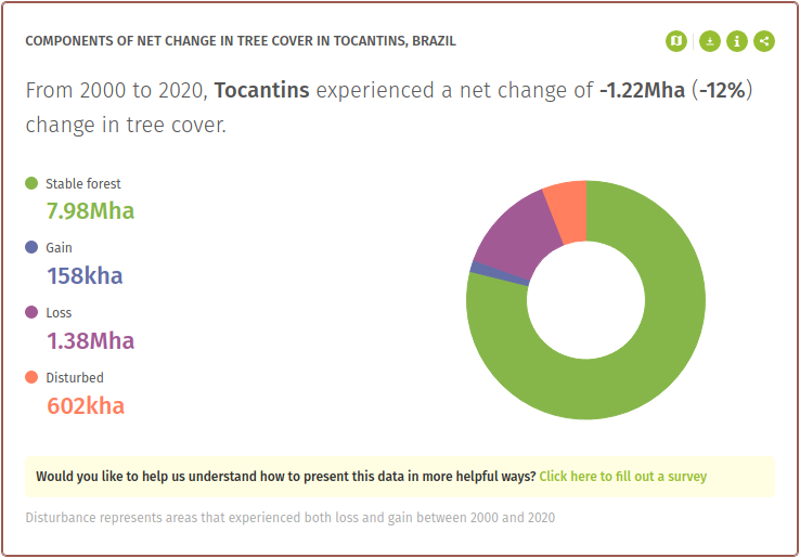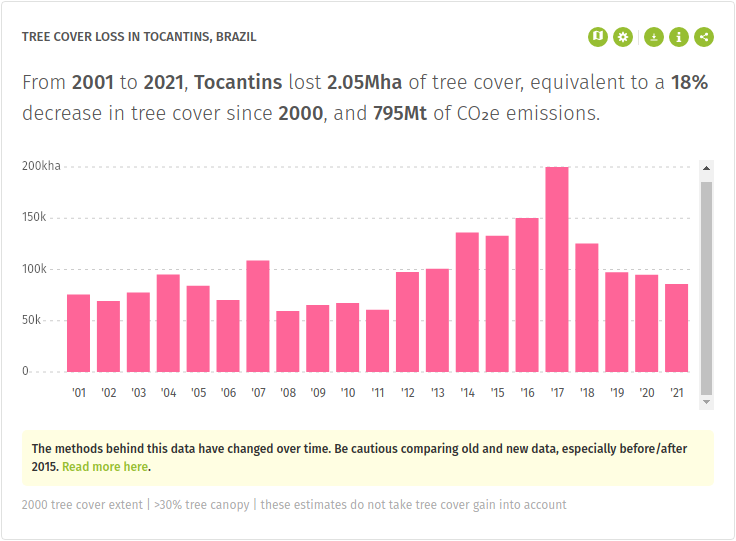Brazilian state of Tocantins teams up with Mercuria Energy Trading to sell 200 million imaginary jurisdictional REDD carbon credits
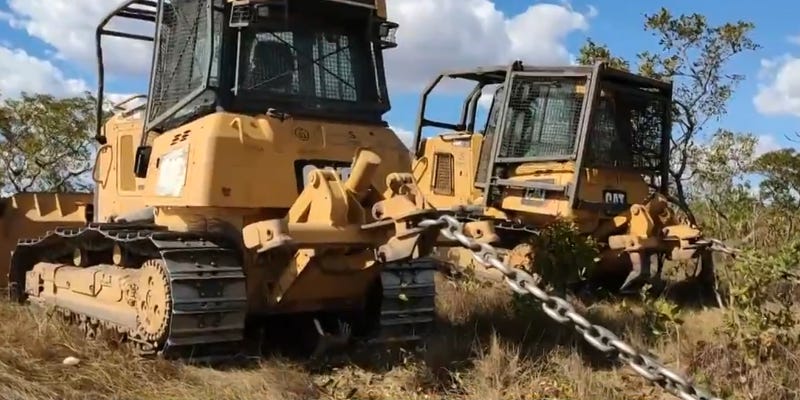
The state of Tocantins in Brazil agreed a deal this week with Swiss company Mercuria Energy Trading to sell 200 million jurisdictional REDD carbon credits. Marli Santos, a Tocantins state government official told Reuters that the credits have an estimated value of US$2 billion. The carbon credits will be generated between 2016 and 2032.
Two other companies were also in the running for the deal: UK-based Systemiq (whose directors include Paul Polman and Nicholas Stern); and Brazil’s Future Carbon Holding.
On 19 October 2022, the state of Tocantins announced that Mercuria had met the required criteria and would go through to the negotiation phase with the State Government. The other two companies have three days to appeal after the publication of the bid evaluation report.
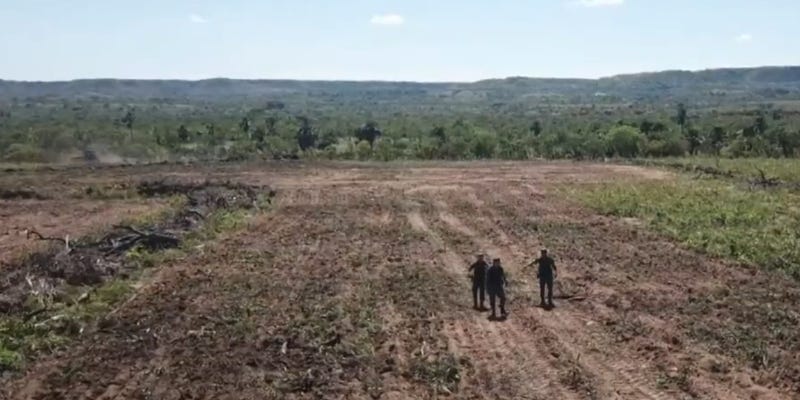
In a statement, Aleandor Lacerda, the president of Tocantins Partnerships which is a public-private partnership created for this jurisdictional REDD programme, explains what happens next:
“After the deadline for appeals, we can start negotiations on the business opportunity established between Tocantins Partnerships and the qualified company. Next, we will format the Special Purpose Entity [SPE] articles of association between the company and the Government. We will bring eligibility to the State of Tocantins for certification in the jurisdictional carbon market.”
If the deal is closed and the credits are registered internationally, Tocantins will become the first state in the Brazilian Amazon to sell jurisdictional carbon credits.
Architecture for REDD+ Transactions or Verra’s Jurisdictional and Nested REDD+?
Tocantins is one of 15 jurisdictions that have produced concept documents under the REDD+ Environmental Excellence Standard (TREES) which is part of the Architecture for REDD+ Transactions (ART) scheme.
The other 14 jurisdictions are Amapá (Brazil), Colombia, Costa Rica, Tschuapa (Democratic Republic of Congo), Ecuador, Gabon, Ghana, Guyana, Maranhão (Brazil), Nepal, Papua New Guinea, Peru, Quintana Roo (Mexico,) and Vietnam.
The TREES Concept document for Tocantins lists four programme partners: Earth Innovation Institute; The Tocantins State Attorney Office; The German Agency of International Cooperation (GIZ), and Tocantins Participações (Tocantins Partnership).
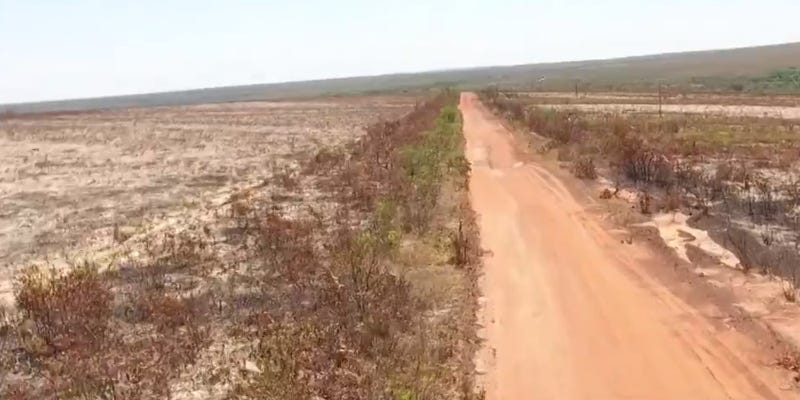
There is little information in the TREES Concept Document about how the figure of 200 million carbon credits was calculated. Or how a process of free, prior and informed consent was carried out with the Indigenous Peoples and local communities in the state of Tocantins.
The document tells us that Tocantins was an “early mover” in Brazil. In 2008, Tocantins established its Climate Change, Environmental Conservation and Sustainable Development Policy. The regulation of REDD+ initiatives is one of the objectives of this legislation, which also covers the “rights to the emissions reductions”. The TREES Concept document states that,
As such, the state of Tocantins has reserved for itself the role of principal and original developer of the management system of programs with the primary function of the valuation, valorization, and management of Tocantins’ emissions reductions from deforestation and net emissions of greenhouse gases, increasing environmental conservation and sustainable development actions, so that they are protected and preserved to become a source of sustainable resources, providing adequate distribution of economic and social benefits . . .
Which sounds an awful lot like a top-down framework for making sure that any payments for carbon credits go directly to the state of Tocantins. The TREES Concept documents provides no information about the process of free, prior and informed consent that was carried out with Indigenous Peoples and local communities before this 2008 legislation was passed.
A 2020 report by the Earth Innovation Institute notes that, “Free, prior & informed consent (FPIC) is irregularly conducted in licensing processes, leading to conflicts between IP [Indigenous Peoples], public & productive agricultural sectors.”
The reference period is 2011 to 2015, and the crediting period is 2016 to 2020. The total area of forest in the state of Tocantins is, according to the TREES Concept document 18,151,564 hectares.
The forest in the accounting area is calculated based on the area classified as forest under Brazil’s official national definition in its official submission of its FREL [Forest Reference Level] to the UNFCCC.
Global Forest Watch’s database gives a dramatically different area of forest in the state of Tocantins:
And significantly more tree cover loss during the period 2016 to 2020 than the period 2011 to 2015 – with a dramatic spike in 2017:
In 2019, Chain Reaction Research reported that,
The Brazilian state of Tocantins is the latest hotspot for soy- and cattle-related deforestation. In 2018, more land was cleared there than in any other state of the Brazilian Cerrado, a large tropical savanna biome that covers more than 20 percent of Brazil.
According to the TREES Concept document,
“SEMARH [the Secretariat for the Environment and Water Resources], with technical cooperation from GIZ and Earth Innovation Institute, will design a subnational accounting system for the jurisdictional REDD+ program, available online, to annually catalogue all emission reductions units earned and their respective uses.”
But Reuters reports state environment official Marli Santos as saying that Tocantins has not yet decided whether to use Verra’s Jurisdictional and Nested REDD+ (JNR) standard or ART’s TREES. Once the partnership is signed Tocantins will discuss which standard will be used.
In other words, the figure of 200 million jurisdictional REDD carbon credits is simply plucked from the air. Hot air, that is.





